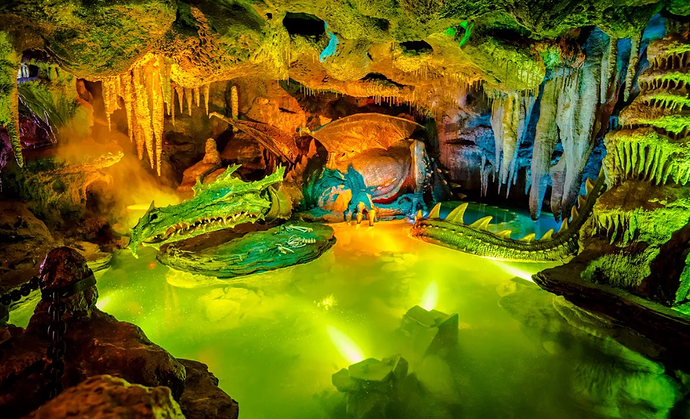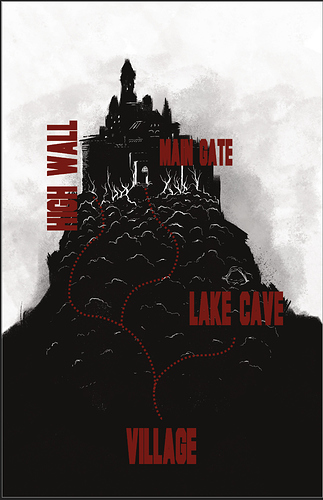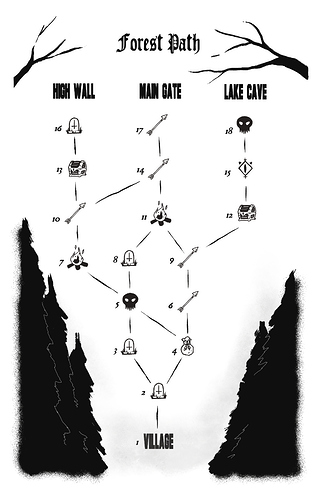I think @Anthony_C is spot on regarding the need for clues and avoiding dice rolls.
If I may, here’s another idea. Depending upon your story, you could use a (potentially unreliable) guide in the form of someone who has recently escaped from the lair. An example scenario…
It’s been days since the Merrick family’s fishing boat went missing. Most in the quiet fishing village believe it was the work of Sahuagin who’ve supposedly returned to the area. Another day passes, and then a miracle–a merchant ship arrives with one of the Merrick children. The merchants found the child, floating in a beat up boat with no oars, about a mile from shore. Sunburnt and severely dehydrated, the 6-year-old child is disoriented and can only relay some basic information:
- The child’s family was taken to a cave on the water
- There was a constant echo of thunder
- a horrible smell filled the surrounding area
- sharks patrolled the water and circled the boat for what seemed like days
Based on the clue about caves, the locals identify 5 potential areas (numbered 1 through 5 in pic) in which the Sahuagin’s lair might be. As for the other clues, sharks are common in the area, but the smell and thunder clues don’t mean much. It’s been weeks since the last storm went through. The players need to pick a cave location and explore, and pray they are correct.
At each location, the players will get opportunities to pick up on the other clues given to potentially “triangulate” where the lair is.
Location 1 - Many sharks can be seen in the water, but the cave is clear. Nothing here, really. Certainly no foul smells. However, in the distance to the east, a faint rumbling can be heard.
Location 2 - A rumbling that sounds like thunder is discovered as the surf crashes against the rocks offshore. When the wind shifts and blows from the south, a faint smell of death and decay is detected.
Location 3 - The cave here is the entrance to the lair! A foul stench is very strong here–caused by the decay of a dead sea creature that appears to have washed upon the shore. A constant rumble from the north and the south, caused by the surf beating upon rocks, makes a sound very similar to echoing thunder. Sharks can been seen in the water beyond the shallows.
Location 4 - Sharks abound in the water off the shore. The thunderous sound of water crashing into nearby rocks makes it hard to hear. No foul smells here, but something smells “off” when the wind shifts and blows from the north.
Location 5 - This is the cave closest to the fishing village. No smell, no thunder, only the occasional shark, and definitely no Sahuagin.
Instead of numbering or “lettering” the locations, perhaps you could use the initials of the local/NPC who mentioned the possible spot. This could help prevent the players from subconsciously going in numerical or alphabetic order. Also, one or two of the “non-lair” spots could have a social or combat encounter to spice things up.
If I were using this method, I’d definitely use timers to keep up the sense of urgency. After checking a “wrong” location, reduce the timer by 1. In a scenario such as this, the value left on the timer when the right location is found could inform the number prisoners still alive. If the players ask the merchant ship crew about the clues, perhaps the merchant ship captain might mentioned they avoid those areas because of the shallows and the rocks against which the surf crashes…
At any rate, merely an idea. Good hunting to you!







